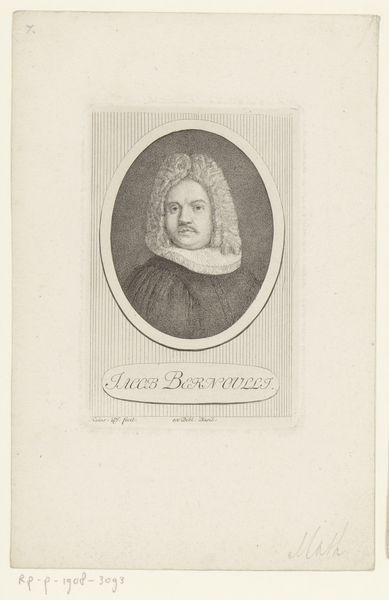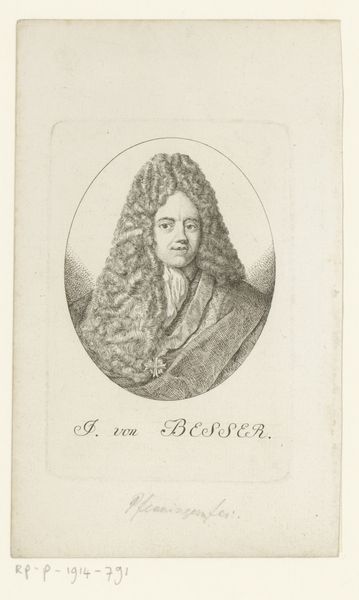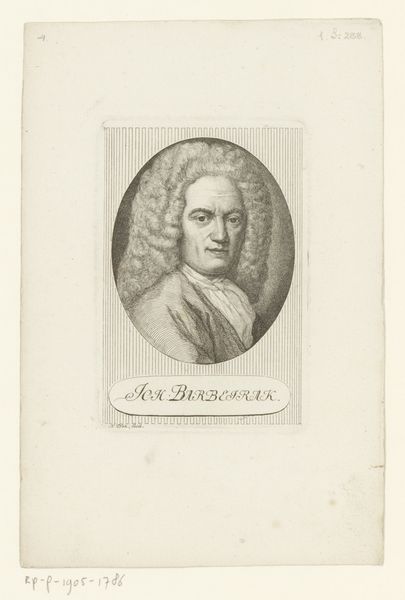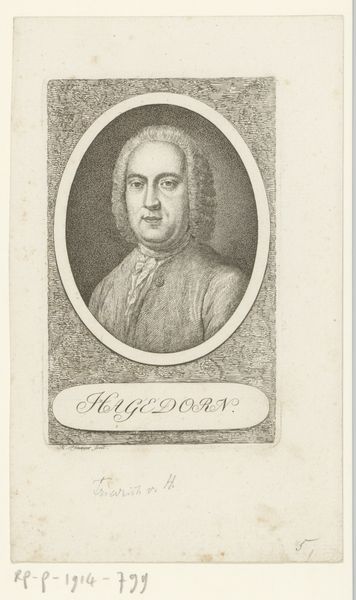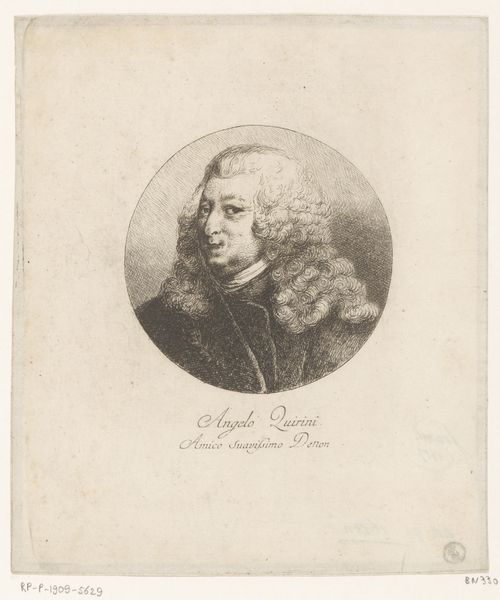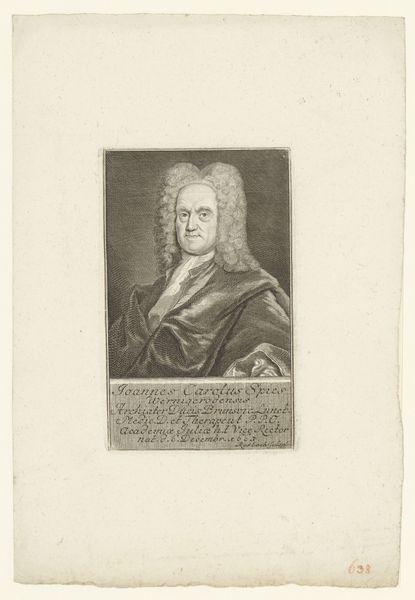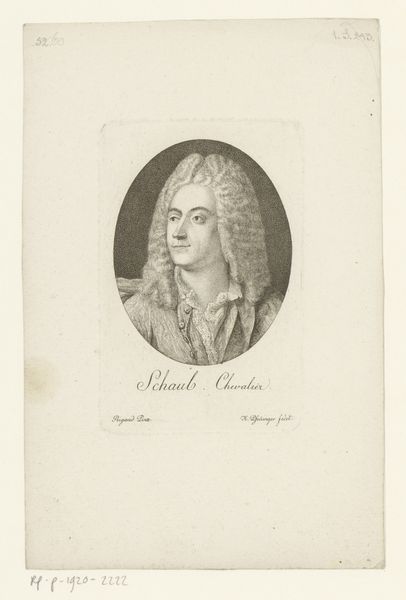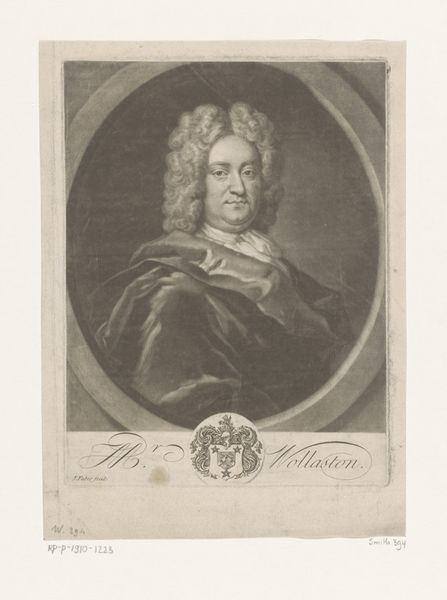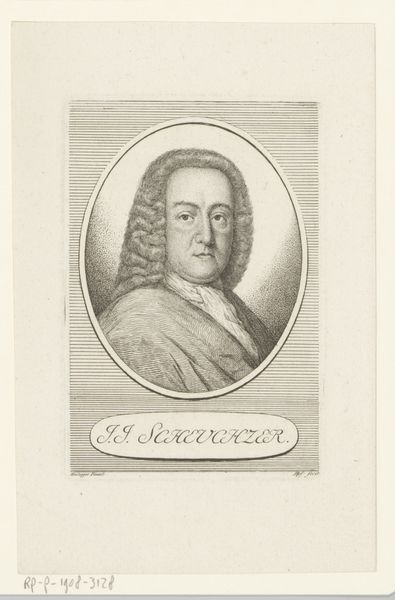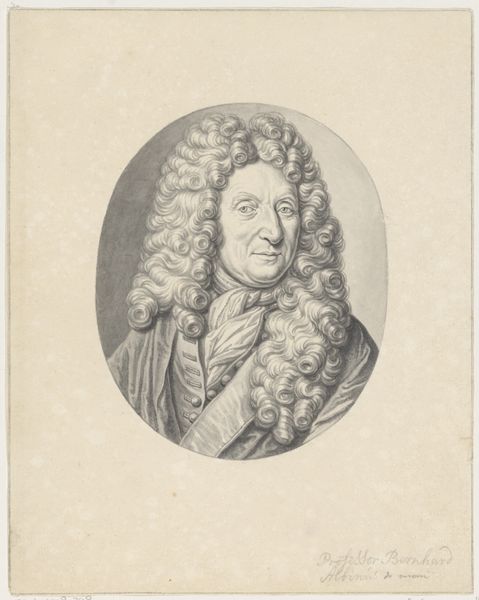
Dimensions: height 127 mm, width 80 mm
Copyright: Rijks Museum: Open Domain
This is Heinrich Pfenninger's portrait of F.R.L. von Kaniz, made using engraving, sometime in the late 18th or early 19th century. Engraving is an intaglio process, where the artist uses a tool called a burin to cut lines directly into a metal plate. The plate is then inked, and the surface wiped clean, leaving ink only in the incised lines. When paper is pressed against the plate, it picks up the ink, creating a print. Look closely, and you can see how Pfenninger varied the depth and density of his cuts to create tonal variations and textures, like the wig. The final print reverses the image, in a process requiring skilled hands and time. In its day, engraving allowed for the relatively inexpensive reproduction of images, fueling the spread of visual culture and knowledge. By understanding the work involved, we see how this print democratized portraiture in its time.
Comments
No comments
Be the first to comment and join the conversation on the ultimate creative platform.
